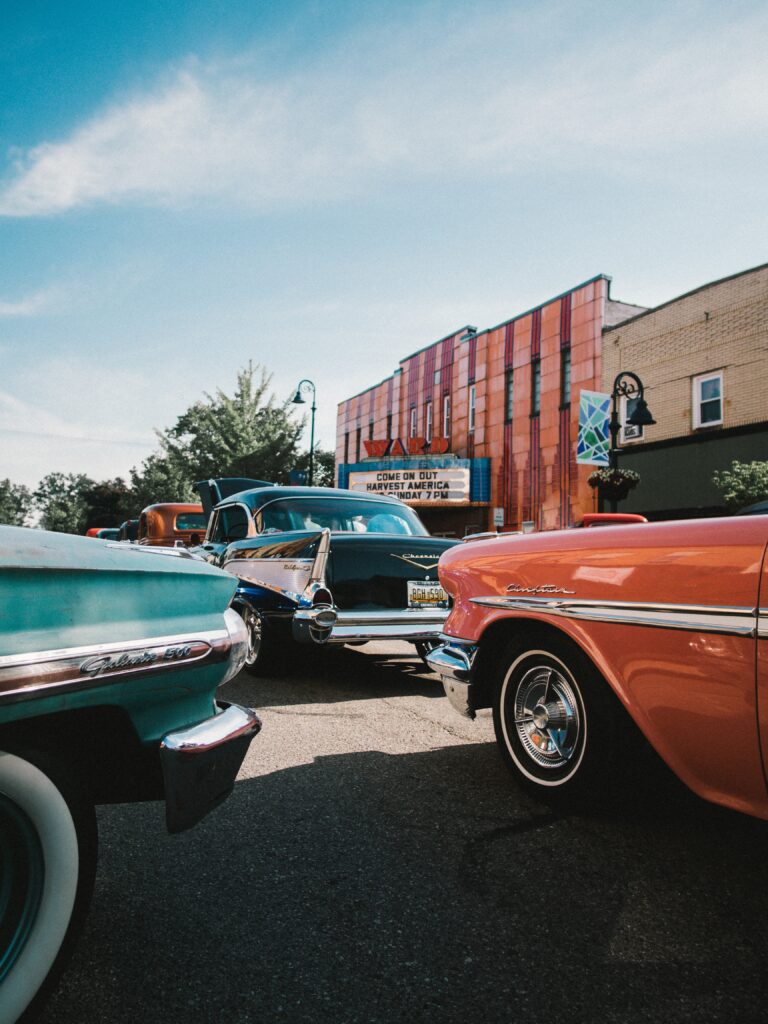“Hot rods” – the word alone brings a rush of adrenaline to car enthusiasts. You’ve heard the term, you’ve seen these powerful, retro machines, engines rumbling as they drive down the asphalt. But what IS a hot rod, and where does the name come from? The story of these machines is as thrilling as a ride in one of these speed demons. So, buckle up, and let’s dive headfirst into the rumble and roar of hot rod history!
Types of ‘Rod’ Vehicles: Understanding the Differences
Okay, here’s where things get a little tricky. Hot rods, street rods, rat rods…it can seem like a mechanical labyrinth! But don’t worry, we’ve got you covered. Hot rods are typically older, classic American cars, with large engines modded for more power and speed. Think of them as your grandparents, just a whole lot cooler.
Street rods are hot rods’ smoother siblings. Similar vintage feel, but they’re typically polished to perfection and graced with modern amenities for a more comfortable ride. These are the rides that blend old-school cool with new-school comfort.
…And then come the rat rods. These are a breed apart -they’re built to appear “unfinished” or showcase a “rough around the edges” aesthetic. It’s a deliberate design choice and a salute to the resourceful hot rods of the past. There are more ‘rod’ style vehicles out there, but for now, these are the main stars of our show.
Historical Journey of Hot Rods

Hot rods are as fundamental to American culture as BBQs on the fourth of July and the crack of a baseball bat. Their roots stretch back to the Roaring Twenties and Dirty Thirties. During the Great Depression, when wallets were thin, people began modifying their cars, like the Ford Model As and Model Ts. The result? The birth of the hot rod. It wasn’t just about speed or showcasing their mechanical skills, it served as a middle finger to the elite who could afford fancy, untouched cars.
World War II had a profound impact on the hot rod culture. Soldiers came home, armed with new mechanical skills, a taste for adventure, and a need for speed. The result was a post-war hot rod boom that left a smoky trail through the 1940s.
From the rock-and-roll 1950s through to the tech-dominated 2000s, hot rods have seen ebbs and flows in popularity. Often, the state of the hot rod scene mirrored the economic state of the nation. Even now, “sideshows” are gaining in popularity all across America and the latest movie in the Fast and Furious Franchise has law enforcement concerned. But despite the ups and downs, the love for hot rods has endured. Different styles dominated each decade, creating a hot rod timeline that’s as diverse as it is exciting.
Today, hot rodders have split into two main factions. You have your classic hot rodders, who stick to original parts, cherishing the charm of antiquity. Then, you have your street rodders, who love sprinkling their classic machines with shiny, new, custom parts. Each group brings their love to the road in their own unique way.
The Allure of the Hot Rod Scene
There’s something about the hot rod scene that’s like a siren’s call. Maybe it’s the roar of a souped-up engine that gets your blood pumping. Perhaps it’s the wind in your hair and the sense of freedom and rebellion that comes with an open road stretching out in front of you. Or perhaps it’s the camaraderie, the shared love of classic street racers, and the satisfaction of shaping and customizing a piece of history into a ride that’s uniquely yours. Whatever it is, the hot rod scene has a magnetic pull that’s kept it growing and thriving, decade after decade.
Hot rods are more than just cars. They’re roaring symbols of rebellion, ingenuity, and the enduring spirit of American car culture. From their humble beginnings in the Depression to their modern-day incarnations, hot rods have been shaped by the times and have left their smoky imprint on the annals of American history. As we watch the world around us change, one thing’s for sure: hot rods are as American as apple pie, and they’re here to stay.